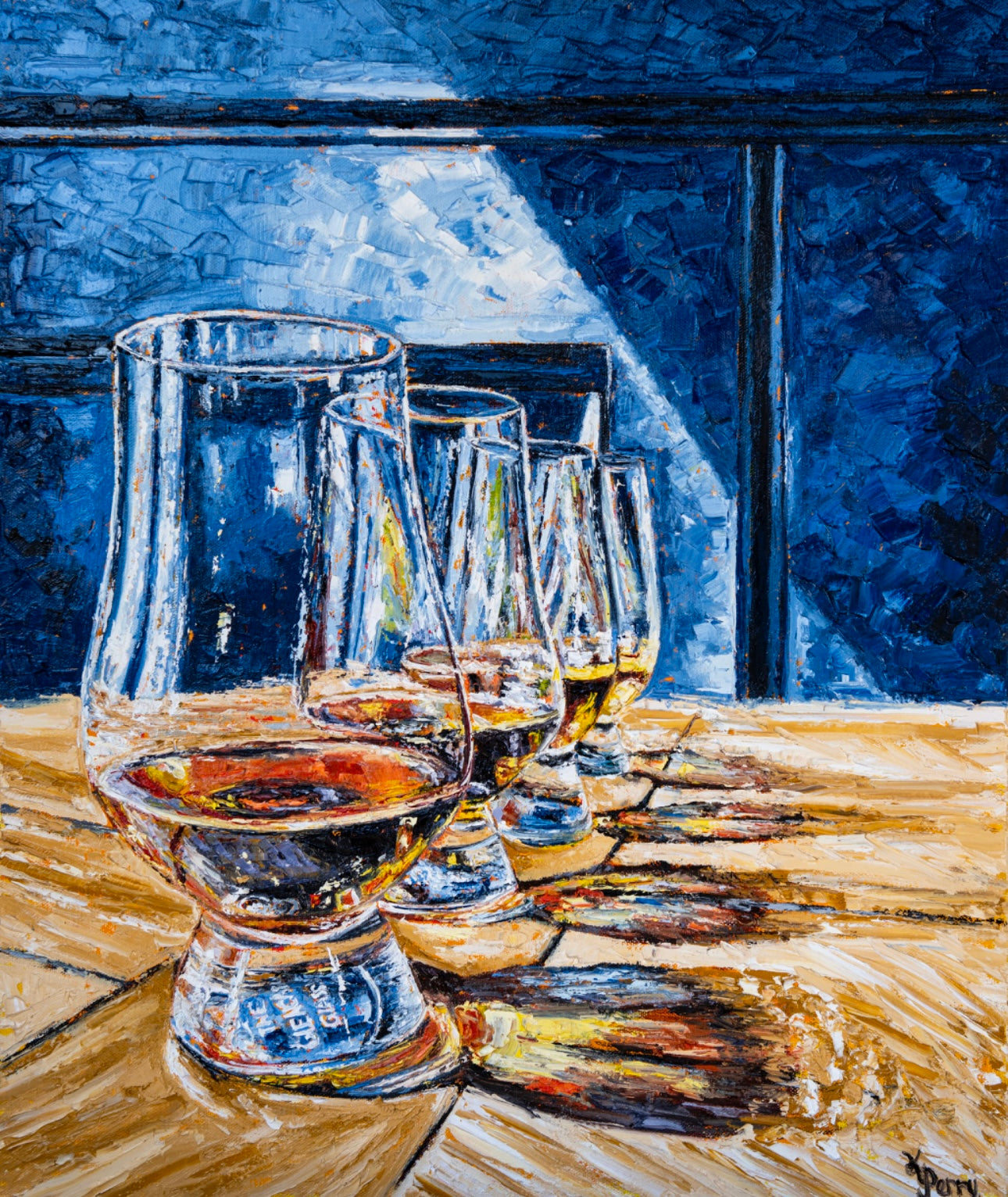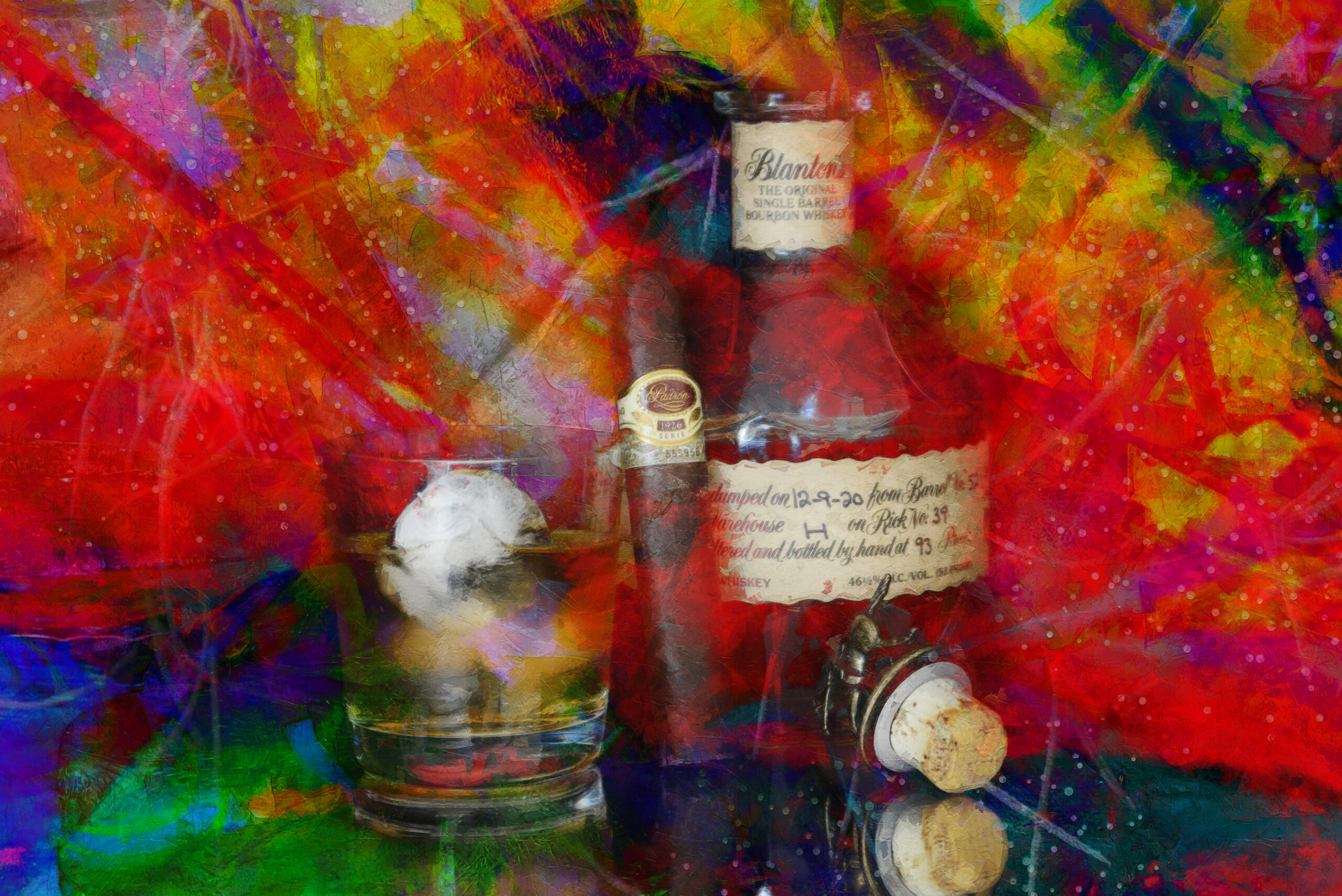Transform Your Room with Sensational Whiskey Art Inspired by Nature
Transform Your Room with Sensational Whiskey Art Inspired by Nature
Blog Article
The Importance of Whiskey Art in Celebrating Heritage and Workmanship in the Beverage Industry
The complex partnership in between bourbon art and the event of heritage and craftsmanship within the beverage market can not be overemphasized. With thoughtfully created tags and bottles, bourbon brands envelop their historic roots and the artisanal abilities that specify their production techniques. This creative measurement not only boosts market appeal however additionally serves as a channel for cultural narration, cultivating a much deeper link between the customer and the craft. As we explore the various facets of this topic, interesting inquiries concerning the impact of modern-day patterns on standard methods occur, motivating more evaluation.
The Historic Origins of Whiskey
At the heart of bourbon's attraction lies an abundant tapestry of historic origins that map back to old civilizations. The origins of whiskey can be linked to the purification methods of the Sumerians and Babylonians around 2000 BCE, where very early types of fermented grain drinks started to arise. It was in the Middle Ages that the art of purification advanced considerably, particularly in Ireland and Scotland, leading to the production of whiskey as we know it today.
The term "whiskey" itself originates from the Gaelic word "uisce beatha," indicating "water of life." This phrase emphasizes the social relevance of scotch in Celtic cultures, where it was commonly related to rituals, parties, and communal bonding. By the 15th century, distillation became a recognized craft within monastic neighborhoods, leading the means for the establishment of lawful distilleries.
As trade routes expanded, bourbon's appeal expanded, transcending regional borders and catching the rate of interest of aficionados worldwide. Bourbon Art. This historic trip reflects not only the workmanship behind bourbon production yet also its important duty in social and cultural contexts, noting it as a substantial beverage throughout background
Artistic Expression in Branding
Whiskey branding stands as an engaging intersection of creativity and business, where visual identity plays a vital role in shaping consumer perception. The looks of scotch labels, product packaging, and marketing materials reflect not just the brand's tale but likewise its core values and heritage. Via creative expression, distilleries convey a narrative that reverberates with customers, evoking feelings and triggering connections.
Using color, typography, and imagery in branding offers to set apart products in a saturated market. For instance, typical motifs may stimulate a feeling of authenticity and craftsmanship, while modern styles can symbolize advancement and forward-thinking. This calculated creative instructions improves brand name recognition and commitment, enabling consumers to build an individual connection with the whiskey they choose.
Additionally, imaginative expression in branding typically serves as a celebration of local heritage. Distilleries frequently integrate regional icons or historic referrals right into their layouts, creating a feeling of place that welcomes consumers to take part in a wider cultural experience. Ultimately, the creativity behind whiskey branding not just boosts aesthetic appeal yet also improves the overall narrative of the brand name, fostering a much deeper admiration for the craftsmanship and heritage ingrained in each container.
Craftsmanship in Container Layout
The virtuosity evident in bourbon branding extends past aesthetic identification to incorporate the workmanship entailed in bottle design. Each container serves as a vessel not simply for the spirit within, however also for the story it informs about its quality, beginning, and custom. The layout process calls for careful interest to information, as aspects such as material, closure, and form add considerably to the overall perception of the bourbon.
Workmanship in container design involves picking top quality glass that can boost the whiskey's shade and clarity, while additionally giving a tactile experience for the look at here customer. The shape of the container should be both practical and aesthetically attractive, commonly showing the heritage of the brand. Several distilleries choose special shapes or embossed logo designs that evoke a feeling of authenticity and background.
Moreover, the label design and typography play a critical role in interacting the brand's story. Whiskey Art. A well-crafted container not only astounds the consumer's eye however also strengthens the brand name's dedication to quality and custom. By doing this, the workmanship of bottle layout becomes a vital element of the scotch experience, merging artistry with an extensive regard for heritage
Social Importance of Scotch Art
Celebrating tradition and craftsmanship, the social relevance of bourbon art goes beyond mere aesthetic appeals, linking with the historic and social stories of the regions from which it comes from. Each container acts as a canvas, portraying the special tales, folklore, and customs that have actually shaped regional whiskey-making techniques. The detailed designs usually reflect the heritage of the distillers, incorporating symbols and motifs that reverberate with the culture and values of their areas.
Additionally, scotch art plays an essential role in common gatherings and parties, functioning as a substantial link between individuals and their shared experiences. By valuing the try these out artistry in scotch product packaging, customers cultivate a deeper understanding and regard for the craft, inevitably enhancing their satisfaction of the beverage itself.
Modern Trends in Whiskey Discussion
In the last few years, the discussion of scotch has actually evolved to mirror contemporary tastes and trends while still honoring traditional craftsmanship - Bourbon Art. Distilleries are progressively focusing on visual elements that boost the overall alcohol consumption experience, bridging the void in between heritage and modernity
Ingenious bottle layouts have arised, often including lasting materials and artistic labels that inform engaging tales. Many brand names now collaborate with neighborhood musicians, infusing their items with one-of-a-kind aesthetic expressions that resonate with consumers. In addition, limited-edition releases are commonly packaged in collectible containers, including worth and appeal for aficionados.

Verdict
In verdict, scotch art offers as an essential avenue for revealing the heritage and craftsmanship integral in the beverage market. With intricate branding, ingenious container styles, and culturally significant imaginative aspects, whiskey brands efficiently recognize their customs and attach with consumers.


Workmanship in container style entails choosing premium glass that can boost the whiskey's shade and clarity, while also offering a responsive experience for the customer. In this way, the workmanship of container style becomes a vital element of the whiskey experience, merging creativity with a profound respect for heritage.
In conclusion, whiskey art offers as a crucial channel for expressing the heritage and workmanship fundamental in the drink market.
Report this page